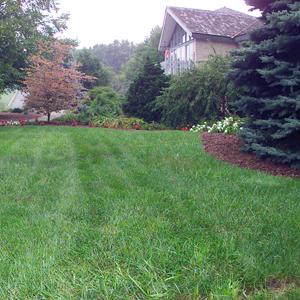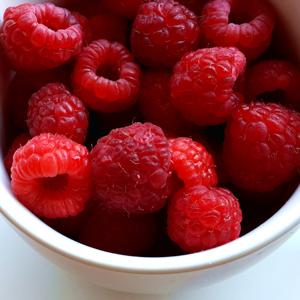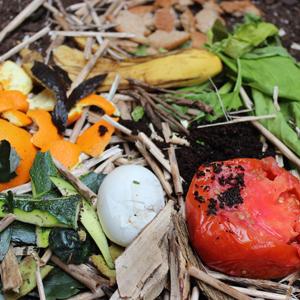July is our first full month of the summer season. Expect a large harvest and a lot of work this month, but don’t forget to take a break every now and then. Here are some items to complete this month to ensure your harvest is abundant and your lawn and garden beautiful.
Lawn
- Train your lawn to grow deep roots by mowing high and watering deeply but infrequently.
- Mow your lawn only when needed and using a sharp blade. During the summer, your turfgrass may go dormant and require little to no mowing at all.
- Fertilize your lawn with an organic summer fertilizer before the summer temperatures get too hot.
- Try your best to avoid compacting your soil in high traffic areas. This will damage turfgrass and encourage weed growth.
- Hand weed whenever possible. If there is an area of your lawn with excess weeds, wait until cooler weather returns before applying any weed controls. Weed controls applied to your lawn in the summer may put it under unnecessary stress.
Indoor
- Feed indoor plants with an organic fertilizer, in order to avoid bringing chemicals into the home.
- Re-pot plants that have grown too large for their containers.
Tree & Shrub
- Water any recently planted trees or shrubs with a drip hose for an hour, once a week.
- Remove the suckers from the bottom of any trees or shrubs, such as crabapples or roses, with a pair of garden sheers.
- Prune any damaged, diseased, or dead branches to avoid having them fall during storms.
Vegetable & Fruit
- Stake any tall or floppy vegetables, such as tomatoes.
- Begin planning and planting any cold hardy crops you would like to grow this fall.
- Harvest your veggies and have a plan for what you want to do if you get a bumper crop.
- Give vegetable gardens an inch of water every week. When possible, water in the early morning and avoid getting the leaves wet.
- Check berries regularly so you can harvest them before any birds find them, or install bird netting.
Flower & Bulb
- Continue to pinch back flowers as their blooms wilt. This will encourage a bushier plant with continual flowers.
- To keep container gardens and hanging baskets looking beautiful, water them at least once a day and remove spent blooms as needed.
- Feed hanging baskets and container gardens every two weeks.
- Support vines and tall plants with trellises or stakes.
- Order spring bulbs in the summer to get the best selection and have them ready to plant.
Maintenance & Other
- Continue proper watering. If hand watering becomes too much, consider installing drip irrigation where needed.
- Save on water bills by creating a rain barrel or investing in a similar way to collect rainwater.
- Keep up with weeding.
- Keep bird feeders and baths clean and full.
- Ideal temperatures for a compost pile hover around 160°F (71°C). In the hottest months of the summer, a pile could reach temperatures of up to 200°F if not properly maintained. This can kill beneficial microbes and possibly cause a compost fire. To avoid this, turn your pile regularly and ensure it stays properly moist.
- Check local garden centers for any price reductions on remaining plants.




